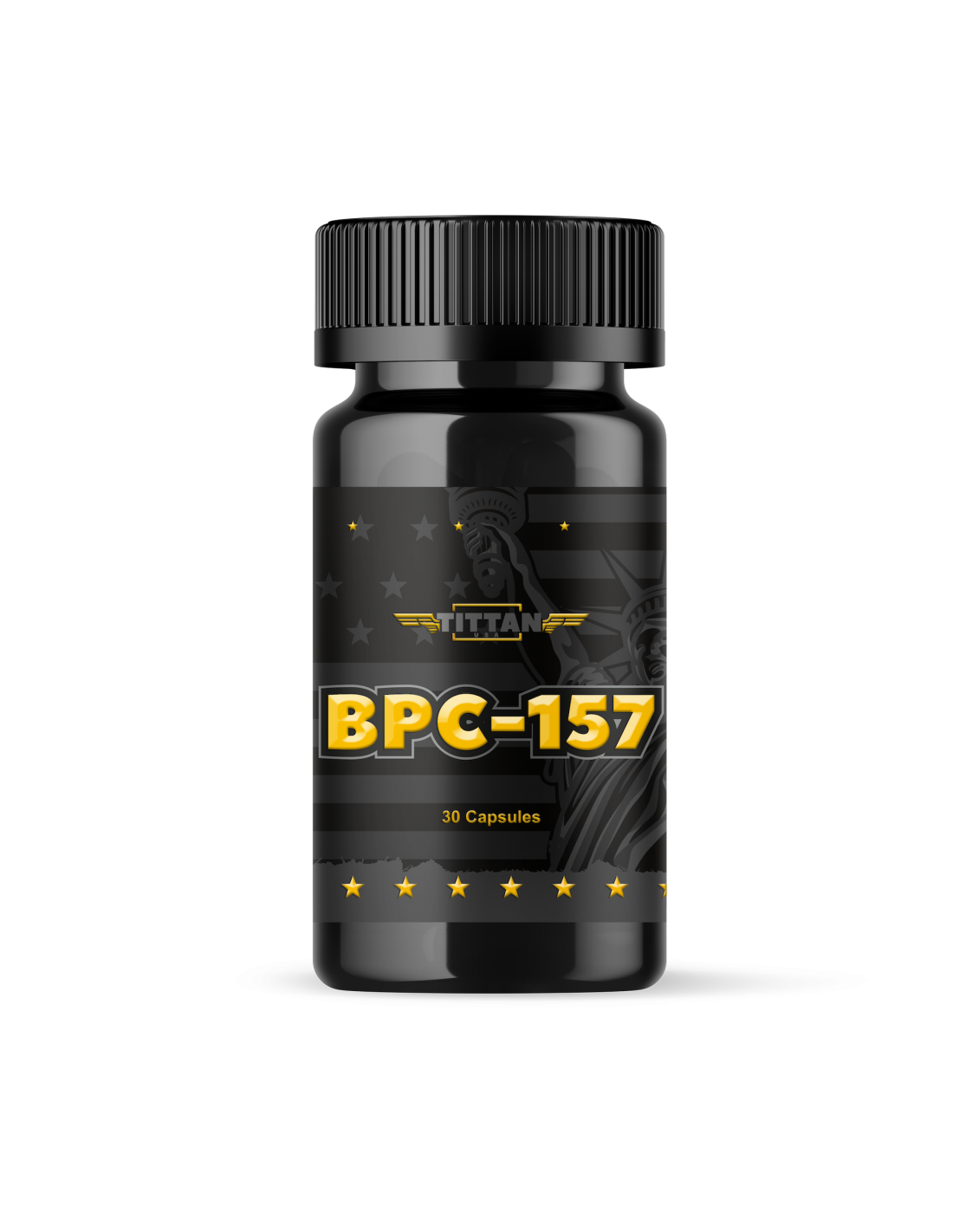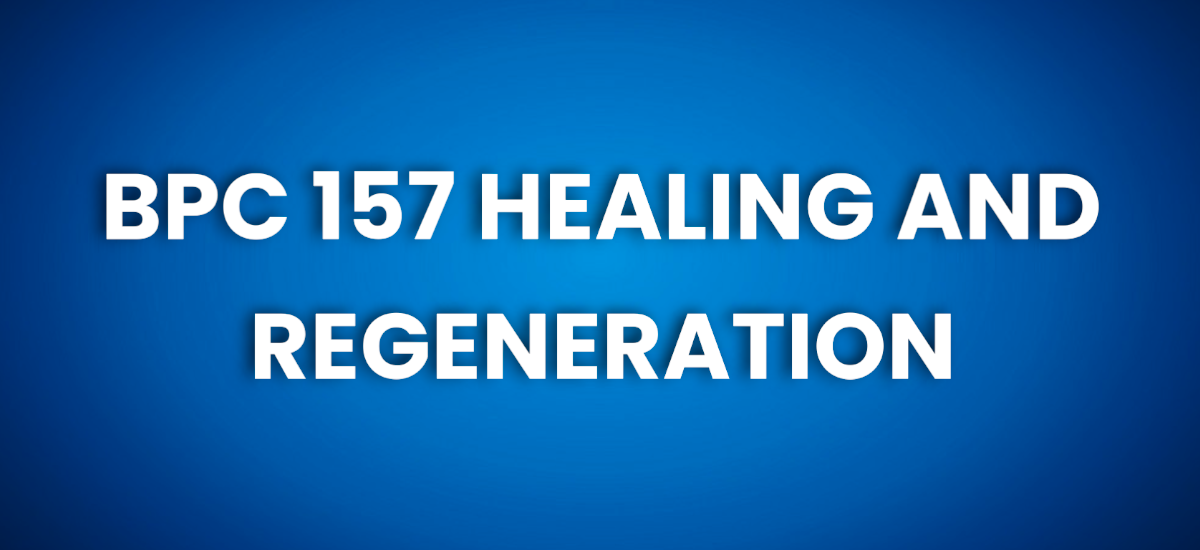
August 27, 2024
Secure Gastric Pentadecapeptide Bpc 157 Treatment For Primary Stomach Compartment Disorder In Rats
Exactly How Bpc-157 Works In The Body BPC 157 has additionally been revealed to boost muscular tissue healing and aid to secure cells from damage. This peptide molecule has the prospective to help with a variety of conditions, making it beneficial for read more a variety of individuals. Embarking on a mission to unload the tricks of BPC-157 peptide therapy, one have to appreciate the delicacy of its communications within the complex systems of the human body. As scientific research ventures deeper into this arena, clearness headings BPC-157 navigates these communications reveals enlightening insights into its extensive capability to heal the human type.Schedule Of Information And Materials
- Find out more concerning just how we come close to all natural wellness and wellness at Optimize Efficiency Medicine.
- Images were recorded utilizing Canon PowerShot A640 camera on Zeiss upside down microscopic lense with × 100 magnifying, and invasive cells were quantified by handbook checking.
- BPC-157's anti-inflammatory properties might likewise add to its anti-tumor results.
- Seek scientific studies, reviewed professional point of views, and comprehend both the possible advantages and dangers.
Analysis Of Main Nervous System Karyopyknotic Cells
The results revealed that the pharmacokinetic features of BPC15 were consistent with the general residential properties of peptide drugs. In the future, we will certainly conduct medical tests for examining BPC157 for the therapy of extreme injury and burns. The observations of today study and previous safety evaluation and pharmacodynamic study will give standard information for better extensive scientific study.Can Bpc-157 Aid With Conditions Like Joint Inflammation Or Fibromyalgia?
With each other, these give proof for an inherent NO-system special needs (L-NAME-worsening) that could be fixed by the administration of a NOS substrate, such as L-arginine, and nearly totally gotten rid of by BPC 157 therapy. As necessary, in various designs and species [1,5,7,17,18,20,45-51], BPC 157 counteracted the L-NAME result much better than L-arginine [1,5,7,17,18,20,45-51] as well as induced NO-release in the stomach mucosa from rat stomach tissue homogenates, also in problems in which L-arginine is not working [50,56] No further advantageous effect was observed when BPC 157 and L-arginine were co-administered [1,5,7,17,18,20,45-51] To show the direct impact of BPC 157 management on the capillary presentation right away after the production of esophagogastric anastomosis, a bath having 2 μg/ mL of BPC 157 or a corresponding quantity of saline was put on the ventral surface of the stomach. Moreover, proof that the jeopardized white issue integrity of specific back pathways has been connected to clinical special needs [69,70,71], and cortical reconstruction [72] need to be taken into consideration in regard to the pleiotropic helpful impact of BPC 157 management observed in distinctive mind locations and lesions [32,33,34,35,36,37,38,39,40] These helpful impacts include the counteractions of traumatic brain injury and severe encephalopathies after NSAID overdose, insulin overdose, magnesium overdose, and direct exposure to the neurotoxin cuprizone in a rat version of several sclerosis [33,34,35,36,37,38,39,40,41] These useful results might be due to the formation of detour circuits-- which include saved tissue bordering the sore-- and can reconnect locomotor circuits [69], therefore allowing sensory inputs to be refined and conveyed to the cortex [73] and boosting spinal reflexes, even listed below the injury [74] In contrast, it is feasible that the administration of BPC 157 combats these disturbances to lead to substantial functional healing. The vacuoles and the loss of axons in the white issue were mainly neutralized in BPC 157-treated rats (Table 1 and Fig. 3). In addition to venous occlusion-induced sores (Vukojevic et al., 2018; Gojkovic et al., 2020; Kolovrat et al., 2020), BPC 157 is understood to reduce sores in the whole intestinal system (Sikiric et al., 1994; Ilic et al., 2009; Cut et al., 2009; Ilic et al., 2010; Ilic et al., 2011a; Ilic et al., 2011b; Petrovic et al., 2011; Lojo et al., 2016; Drmic et al., 2017; Becejac et al., 2018). Also, BPC 157 might minimize sores in the liver (Sikiric et al., 1993b; Ilic et al., 2009; Ilic et al., 2010; Ilic et al., 2011a; Ilic et al., 2011b; Lojo et al., 2016; Drmic et al., 2017), consisting of liver cirrhosis, generated by bile air duct ligation (Sever et al., 2019) or constant alcohol intake (Prkacin et al., 2001). Also, BPC 157 might protect against and turn around chronic heart failure caused by doxorubicin application (Lovric-Bencic et al., 2004). BPC 157 lowers various arrhythmias (i.e., potassium overdose-induced hyperkalemia (Barisic et al., 2013), digitalis (Balenovic et al., 2009), neuroleptics (i.e., extended QTc-intervals that may likewise be centrally relevant) (Strinic et al., 2017), bupivacaine (Zivanovic-Posilovic et al., 2016), lidocaine (Lozic et al., 2020), and succinylcholine (Stambolija et al., 2016)). As a recently reviewed subject (Vukojevic et al., 2022), BPC 157 has actually been revealed to decrease mind sores, trauma-induced mind injury (Tudor et al., 2010), compression-induced spinal cord injury (Perovic et al., 2019), and stroke (Vukojevic et al., 2020). Furthermore, BPC 157 reduces severe encephalopathies (NSAID overdose, Ilic et al., 2010; Ilic et al., 2011a; Ilic et al., 2011b; Lojo et al., 2016; Drmic et al., 2017), neurotoxin cuprizone-induced several sclerosis in a rat model (Klicek et al., 2013), and magnesium overdose (Medvidovic-Grubisic et al., 2017)). Additionally, using esketamine anesthetic (40 mg/kg esketamine (Rotexmedica, Germany) and 10 mg/kg diazepam (Apaurin; Krka, Slovenia) intraperitoneally), we induced abdominal compartment syndrome as described before and maintained high abdominal stress at 25 mmHg for 120 minutes prior to sacrifice. Drug (BPC 157 (10 µg or 10 ng/kg sc) or saline (5 ml)) was provided after 10 min of high stomach stress. Therefore, we assessed BPC 157 therapy as a curative principle in rats with well-known irreversible intra-abdominal high blood pressure. As confirmation, we utilized the situation that occurred with the high intra-abdominal pressure-induced syndrome, in which intra-abdominal hypertension concurrently impacted all stomach vessels and organs for a substantial period and limited the capability to hire alternate pathways, such that a harmful circumstance was produced prior to treatment initiation. Analyses were performed at 1, 4, 7, 15, 30, 90, 180, and 360 days after injury. The chemotactic motility of HUVECs was established using transwell migration chambers (Corning) with 6.5 mm diameter polycarbonate filters (8 μm pore dimension), as explained formerly.28 Briefly, the lower chambers were filled with 750 mL of RPMI 1640 tool consisting of all supplements. HUVECs (3 × 104 cells per well) were seeded in leading chambers with DMSO or different dosages of BPC-157 (1 μg/ mL, 5 μg/ mL, and 10 μg/ mL) in 500 mL RPMI 1640 with 0.5% FBS. Nonmigrated cells were gotten rid of with cotton bud, and moved cells were taken care of with ice-cold methanol and stained with 4 ′,6- diamidino-2-phenylindole (DAPI).BPC-157 and TB-500: Inflammation, Tissue Damage, and More - The Portugal News
BPC-157 and TB-500: Inflammation, Tissue Damage, and More.


Posted: Tue, 19 Sep 2023 07:00:00 GMT [source]
Does BPC 157 rise muscular tissue development?
Extra blood vessels imply raised blood circulation, nutrient supply, and removal of waste items from muscle mass cells, all of which are helpful for muscle building. That claimed, it''s vital to remember that while BPC 157 does advertise muscle growth, its primary duty remains in recovery and reducing inflammation.
Social Links